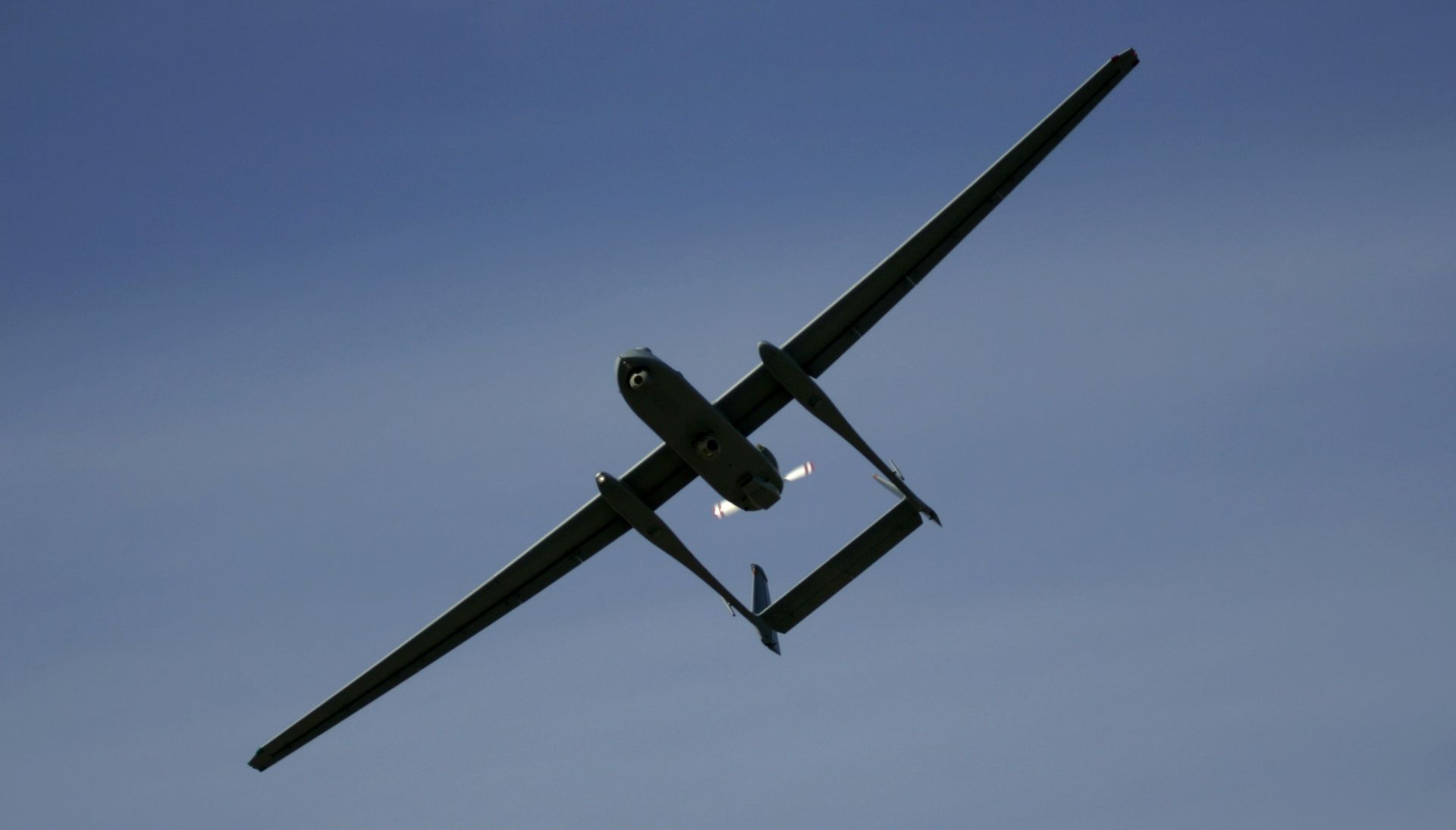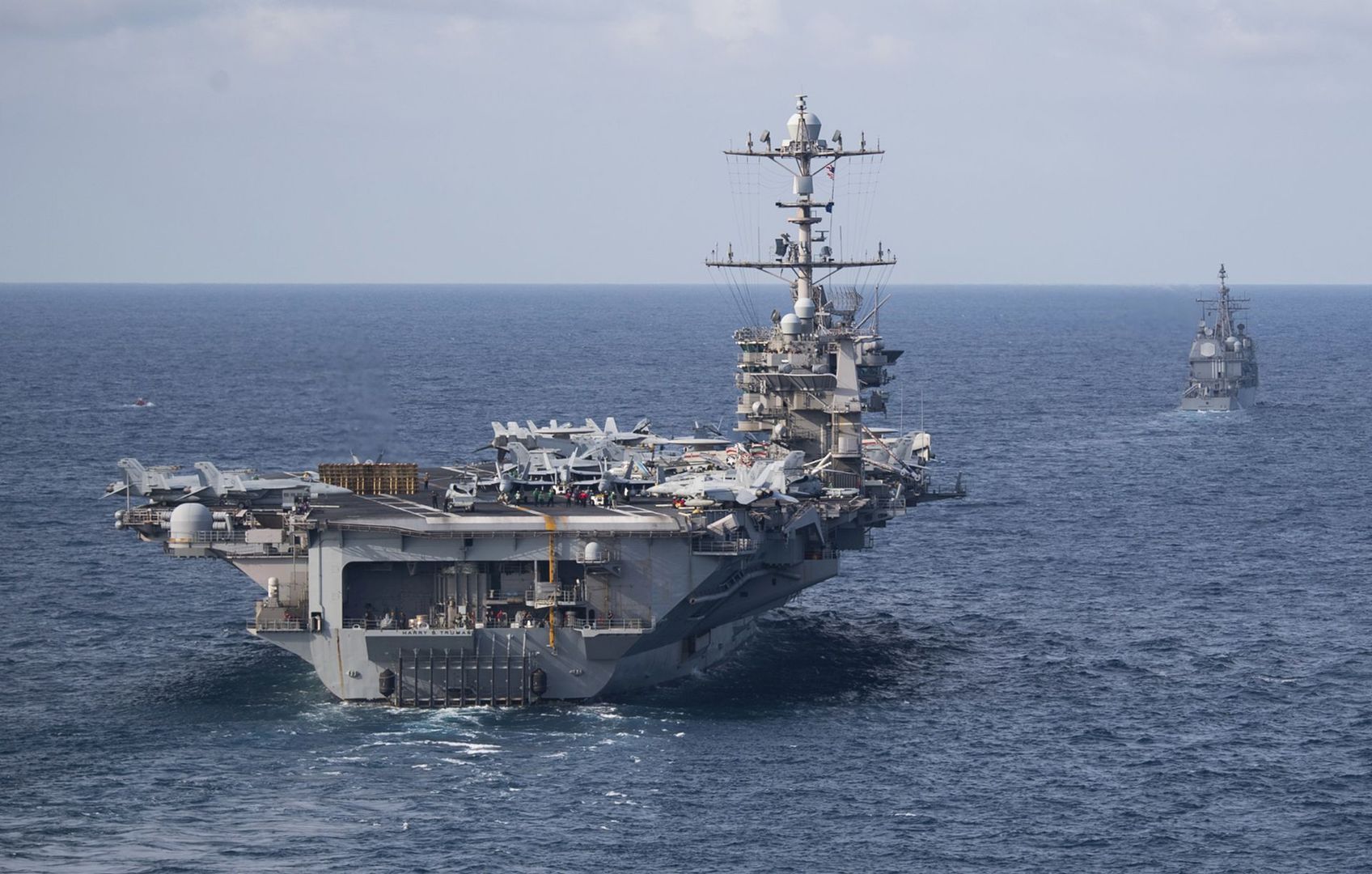US Air Force, WASHINGTON: The Air Force believes it can save nearly $500 million by going to multi-year procurement with the next 60 F-22A Raptor aircraft.
The Air Force has asked Congress to approve multi-year funding for the remaining 60 Raptors it plans to purchase over the next three fiscal years. Multi-year funding enables the contractor to purchase supplies and parts in quantity and thus at lower prices.
By using this approach, the Air Force believes it can realize a 5 percent savings on the total cost of the remaining aircraft purchases, said Lt. Gen. Donald J. Hoffman, Air Force military deputy for acquisition, during a hearing before the Senate Armed Services Committee subcommittee on air/land.
“Multi-year funding is the best value for the taxpayer's dollars,” he told committee members. “With the right negotiating strategy and the right permissions from the Congress and the office of the secretary of defense, we can save the taxpayer about $400 to $500 million dollars by doing multi-year verses three distinct lots.”
Multi-year purchase of aircraft has been done often in the past once manufacturing designs stabilize, as they have for the Raptor. But due to budget constraints, the number of aircraft the Air Force can afford to be manufactured has dropped to 20 aircraft a year — the manufacturer can actually produce more than 20 per year.
In most manufacturing processes, there is an efficiency realized by making more of something rather than less. Because the Air Force has reduced the production rate of the Raptor to 20 per year, the cost of each plane will go up. The Air Force believes the savings realized by multi-year procurement will help offset the cost increase from the reduced production rate.
“There are potential savings, we think, by doing a multi-year verses three separate buys,” the general said. “We're going to cost avoid what that spike would be by lowering the production rate.”
The Air Force is also working with the Department of Defense to reduce costs in the Fiscal Year 2007 budget by switching to “split funding” for the remaining 60 Raptors.
With split funding, which has not been done before with aircraft production, the service will ask for money over a total of three years instead of two for each lot. The first year it will ask for advance procurement funding, and in subsequent years it will ask for the remainder of needed procurement funds. By splitting up the funding for each block of 20 aircraft, the Air Force frees up funds for other DOD priorities in the FY '07 defense budget.
“The benefit of split funding is that it frees up other resources in the near-term and you pay it back in the out years,” General Hoffman said.
General Hoffman also discussed with senators the issue of an improperly made part for the F-22A. One subcontractor for the aircraft incorrectly heat-treated a part during the manufacturing process. The heat-treating process was meant to help the part resist propagation of cracks.
The general said the Air Force is studying the issue and has determined that it does not pose a safety risk. Consequently, the Air Force has not restricted F-22 operations.
“We will continue to study and monitor issues associated with this,” he said. “Whether or not it has an effect on the long term sustainment of the aircraft, we don't know. It does not pose a safety risk.”
The Air Force currently has committed funding for 123 Raptors. Over the next four years, it plans to ask Congress to fund buying 60 more aircraft, for a total of 183. The last of those will be delivered around December 2011.
Trump, Hegseth Announce Air Force’s Next Generation Fighter Platform
During a press conference at the White House today, President Donald J. Trump and Defense Secretary Pete Hegseth announced that...








